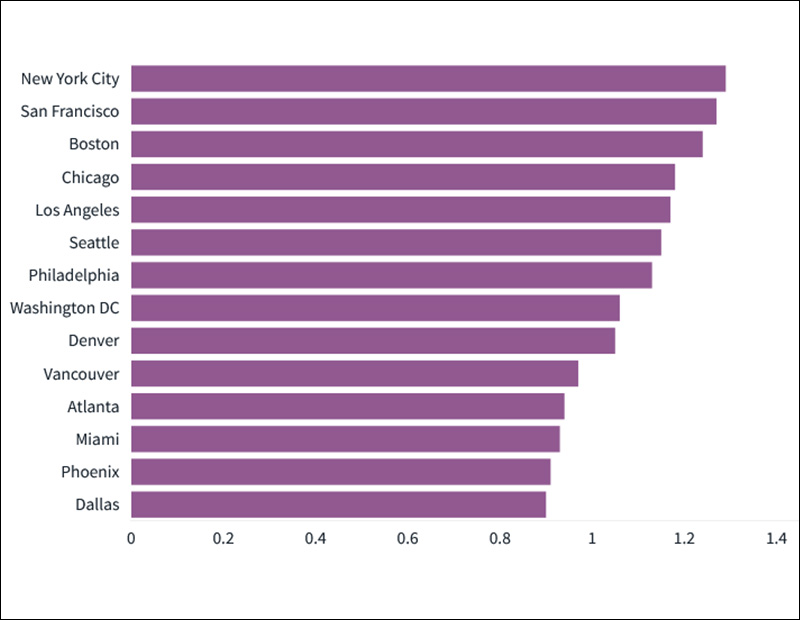The Impact of Risk Retention—So Far
By Gabriel Silverstein, Managing Director, SVN | Angelic: Despite concerns about the impact of the Dodd-Frank rules, CRE lending transactions seem to be going smoothly thus far. But how long will this continue?
By Gabriel Silverstein, Managing Director, SVN | Angelic
 After years of debates about what the Dodd-Frank risk retention stipulations would mean, and two more years since the publication of the final risk retention rules, on Dec. 24, 2016, the rules officially went into effect. Put simply, the rules require the issuers of asset-backed securities (ABS transactions), such as CMBS mortgage pools, to retain 5 percent of the risk of the pool. There are multiple ways to do so, and the market will likely experiment for some time with different formulas.
After years of debates about what the Dodd-Frank risk retention stipulations would mean, and two more years since the publication of the final risk retention rules, on Dec. 24, 2016, the rules officially went into effect. Put simply, the rules require the issuers of asset-backed securities (ABS transactions), such as CMBS mortgage pools, to retain 5 percent of the risk of the pool. There are multiple ways to do so, and the market will likely experiment for some time with different formulas.
The issuers are required to hold that risk, without hedging it, for no less than two years, but it’s more likely they will hold the risk for the majority of the term of the loans. In theory, that means issuers should be more careful about the loans they make. Insurance companies, banks and private lenders who do not securitize more than 95 percent of the value of any loan pools are unaffected.
The irony long ago lost in the shuffle was that the primary reason for the rule’s creation was to avoid the past problems the residential mortgage backed security (RMBS) market suffered, particularly in the last economic downturn, but most residential mortgages going into RMBS transactions are exempt from the rule.
Naysayers predicted a 25 to 50 basis point increase in borrowing rates for CMBS loans as a result of the new rule. The good news came when the first issue to conform to the new rule finally hit the market this past fall, as buyers of CMBS bonds priced the bonds more aggressively than any deal to that point in the year.
Most CMBS issuers did all they could to get their loans securitized and sold before the new rule hit at the end of the year, and despite the extra heavy amount of issue supply coming out to clear the books, spreads generally held relatively steady.
In most CRE lending transactions during the past two months of rising interest rates that began with the U.S. presidential election, spreads have not moved to reduce the rise in actual interest rates to borrowers. (Remember borrowers pay the total of the underlying index, such as LIBOR or the 10 year U.S. Treasury yield, plus the “spread” above the index). Often we see rapid rises in index rates partially offset by reductions in spreads.
However, while spreads have not moved yet, we may see them do so soon. Lackluster CMBS market issuance volume, combined with a loan pipeline that was nearly cleared out before the end of the year, will leave CMBS bond buyers with little to buy in the first quarter. When demand begins to outpace supply, the result will likely be some reductions in spreads. If this happens, look for CMBS interest spreads to tighten, and rates to come back down a bit, all else being equal.
Arguably, then, the onset of the new Dodd-Frank risk retention rule was a relative non-event thus far. Hopefully that will continue to be the case.







You must be logged in to post a comment.